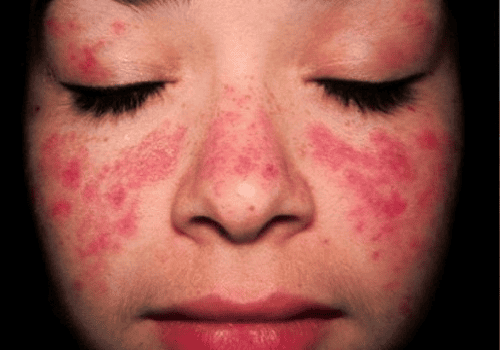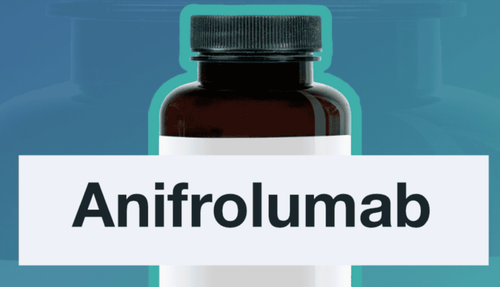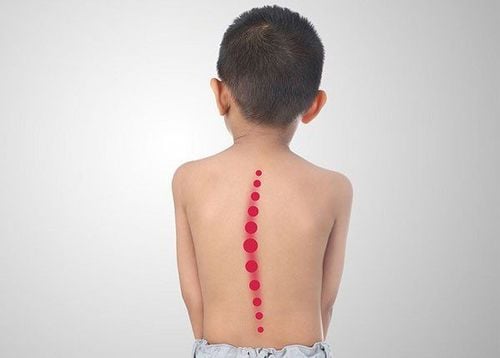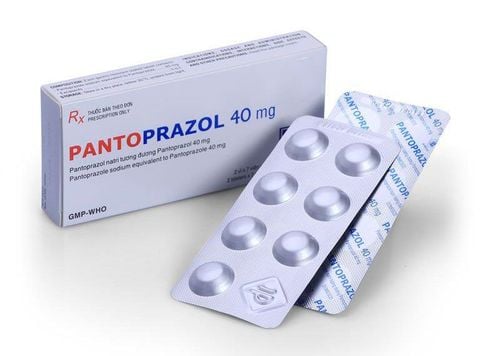This is an automatically translated article.
Rheumatoid arthritis and lupus are both autoimmune diseases caused by the body's immune system mistakenly attacking the patient's own body. However, with rheumatoid arthritis mainly focuses on the joints, but with lupus, the disease can affect many different parts of the body.1. What is the difference between the symptoms of arthritis and lupus?
1.1 Rheumatoid ArthritisRheumatoid arthritis usually affects the small joints in the fingers, hands, and feet. It can also appear on the wrists, elbows and other body parts. Patients may notice symptoms in different joints at different times. But they are usually symmetrical. That means if the joints in the right hand are painful or feel stiff, the person will also notice this symptom in the left hand.
Rheumatoid arthritis symptoms sometimes appear so slowly that the person is not aware of any abnormalities. Most patients have a time when symptoms get worse and flare up (flares). When there are no symptoms, the disease is said to be in remission. Some of the classic signs and symptoms of rheumatoid arthritis include:
Pain, swelling, and sensitivity to pain, often present in more than one joint Stiffness, making it difficult to move or appearing in the morning Joints Deformed, this symptom often occurs many years after the disease Rheumatoid arthritis can also affect other parts of the body such as:
Dry eyes and dry mouth Low spots or lumps under the skin near joints but usually painless Shortness of breath and chest pain Sometimes fatigue, but not always and only happens when the person does not have enough red blood cells aka anemia Weight loss Numbness and tingling in the hands 1.2 Lupus
Lupus can come on slowly or suddenly and range in severity from mild to severe. Just like rheumatoid arthritis, lupus also alternates between periods of flare-ups and remissions.
When lupus affects the joints, the symptoms can be similar to those of rheumatoid arthritis such as pain, stiffness, and swelling. Usually, arthritis in people with lupus is not as severe as in people with rheumatoid arthritis. In addition, people with lupus may also have other common symptoms that resemble rheumatoid arthritis, such as low-grade fever, weight loss, and dry eyes.
Lupus can trigger some of the characteristic symptoms of this disease: a butterfly-shaped rash (Malar rash) along the cheeks and nose, headaches, and other kidney problems.

Phát ban hình cánh bướm (Malar rash) dọc trên má và mũi là dấu hiệu đặc trưng của lupus ban đỏ
2. Differences in diagnosis
2.1 Rheumatoid arthritisThere is no standard test to confirm that a person has rheumatoid arthritis or lupus. Instead, your doctor will ask about your symptoms and family history, do a physical exam, and order some tests and imaging techniques.
During the physical exam, the doctor will feel your joints to see if they are swollen or feel stiff. If it does, it could mean you have arthritis (osteoarthritis), but the swelling from rheumatoid arthritis tends to be softer.
If tests show that you have an antibody called anti-cyclic citrullinated peptide antibodies (CCP), then you most likely have rheumatoid arthritis. If another test detects an immune system protein called rheumatoid factor (RF), there's an 80% chance the person may have rheumatoid arthritis or another inflammatory disease. X-rays, ultrasounds, and other imaging tests can detect joint damage, but this sign only appears when a person has had rheumatoid arthritis for a long time.
2.2 Lupus
Lupus is more difficult to diagnose than rheumatoid arthritis. It can sometimes take years to confirm whether a person has lupus. The doctor will examine and test the blood and order imaging techniques. In addition, the doctor will look for 11 specific symptoms of lupus, if 4 or more of the following symptoms are present, the patient may have lupus:
A butterfly-shaped rash on the cheeks and nose Appears red patches on the skin Skin rash caused by sunlight Ulcers in the mouth or nose usually painless Arthritis, in at least two joints with pain or swelling Inflammation of the lining around the heart or lungs, or both Seizures or mental disorders, such as delusions or hallucinations, or both Kidney problems, such as too much protein in the urine Blood disorders, including decreased white blood cell or platelet counts Immune disorders Tests positive for antinuclear antibodies
3. Different treatment

Không có cách chữa trị hoàn toàn cho viêm khớp dạng thấp và lupus mà bệnh nhân sẽ được dùng thuốc để làm giảm bớt các triệu chứng
There is no cure for rheumatoid arthritis and lupus. For rheumatoid arthritis, most doctors will start with medications at a low dose to relieve symptoms. This can be both a prescription medication or an over-the-counter nonsteroidal anti-inflammatory drug (NSAID) such as ibuprofen (Advil, Motrin) and naproxen (Aleve).
Other drugs that can slow the progression of rheumatoid arthritis:
Corticosteroids, which help control inflammation. DMARDs, such as methotrexate (Trexall) and sulfasalazine (Azulfidine). This group of drugs suppresses the patient's immune system, so they can prevent the immune system from attacking the joints. Biologic drugs target specific parts of the immune system. Examples include adalimumab (Humira) and etanercept (Enbrel). Light exercise such as walking or yoga can help relieve pain when symptoms are not severe. Rest is better when the sick person is in a flare-up. If the patient has a lot of joint damage, the doctor may recommend surgery to replace the joint or reattach the joints.
3.2 Lupus
Treatments for lupus can vary from person to person. Many drugs that treat rheumatoid arthritis can also treat lupus. An NSAID may be the first drug to take if arthritis symptoms are a major problem for someone with lupus. In the end, you may end up using a combination of different therapies at the same time.
Drugs that are approved for use in lupus include corticosteroids. These are powerful drugs and patients should take the lowest dose that is effective enough to relieve symptoms. Your doctor will likely prescribe hydroxychloroquine (Plaquenil), which is an antimalarial drug. Other options include chloroquine, commonly used to treat malaria, and belimumab (Benlysta), a biologic drug that affects the immune system.
Your doctor may also give you a trial of medicines used for rheumatoid arthritis, such as DMARDs. With lupus, it's important to balance rest, exercise, and regular checkups.
Vinmec International General Hospital with a system of modern facilities, medical equipment and a team of experts and doctors with many years of experience in medical examination and treatment, patients can rest assured to visit. examination and treatment at the Hospital.
To register for examination and treatment at Vinmec International General Hospital, you can contact Vinmec Health System nationwide, or register online HERE.
References: webmd.com, healthline.com
SEE ALSO:
What is Lupus erythematosus? The dangers and complications of lupus erythematosus How is it treated, is it curable? Should patients with lupus erythematosus get pregnant and give birth?













